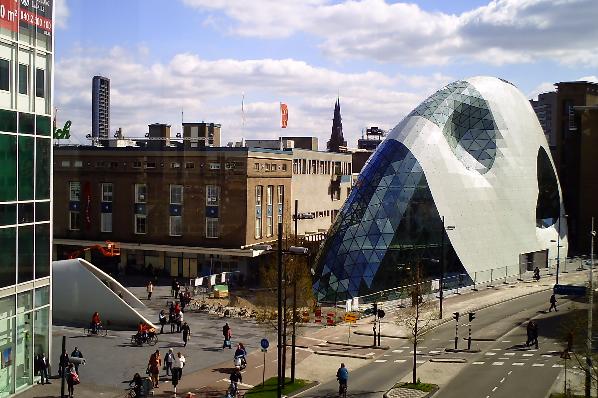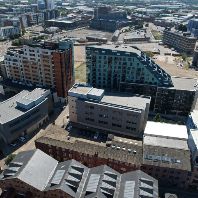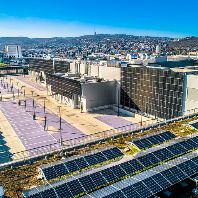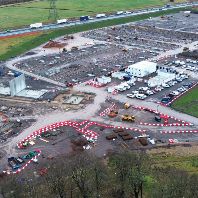Prime retail property in second-tier cities offers the best real estate investment potential in the Netherlands, according to Savills Investment Management’s latest Research & Strategy briefing.
The overall outlook for the Dutch property market is positive, with rising consumer demand, limited new supply and the record low cost of borrowing set to result in strong competition for prime assets and continued downward pressure on yields.
Irfan Younus, senior research analyst at Savills IM, commented: “The Netherlands was amongst the best performing Eurozone economies in 2015. Moreover, the underlying economic recovery remains on a stable footing, with both business and consumer confidence rising strongly.
“To generate distribution, investors’ focus should be on prime retail pitches in second-tier cities outside Amsterdam rather than chasing low yields in the capital. We also like logistics investments in good urban locations, particularly e-fulfilment and edge-of-city distribution centres, whilst remaining very selective in the office sector given the oversupply of secondary stock.”
According to the report, occupier demand is steady across all retail segments in the top 20 cities. The high street and luxury segments are outperforming the rest of the retail market. International retailers are driving activity in core markets, with Amsterdam remaining a top target.
In the logistics sector take-up is affected by a lack of suitable, available space, particularly schemes with larger floor plates. This situation is unlikely to change in the near term as there is very little speculative space currently under construction.
Meanwhile the office market showed some positivity with improving occupier sentiment driving an increase office take-up, although occupiers remain focused on efficient space. Vacancy rates are high but, given increasing take-up, the lack of new supply and the ongoing conversion of some offices to other uses, availability should fall in 2016.
With economic growth expected to continue over the next 12 months, real estate stands to benefit from improving occupier markets, limited quality supply and historically low government bond yields.















